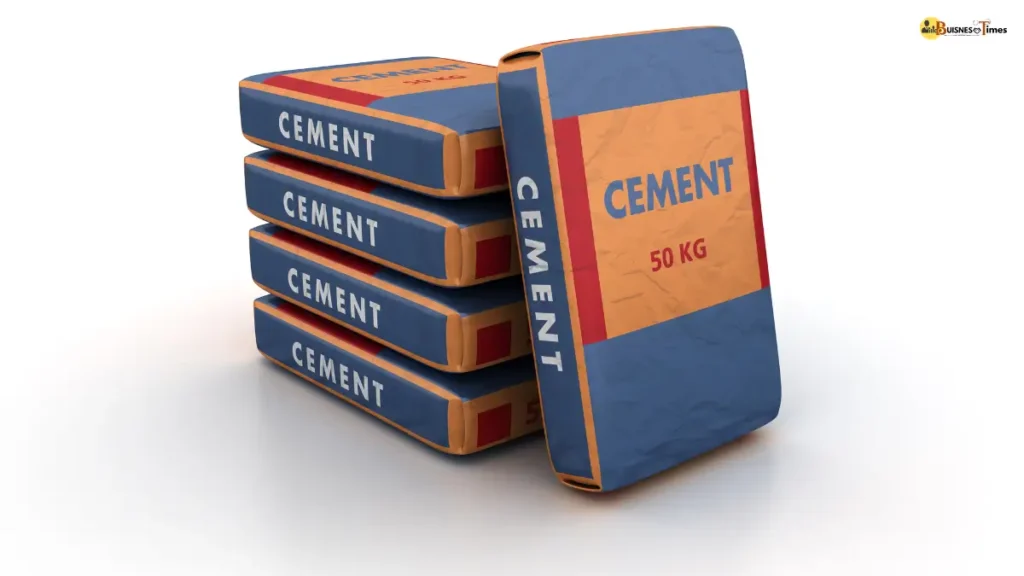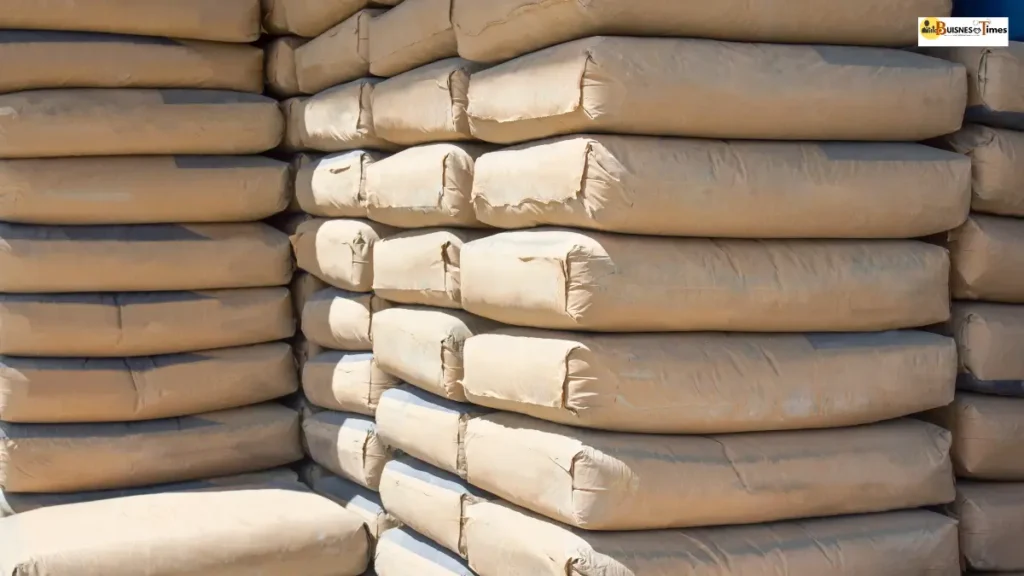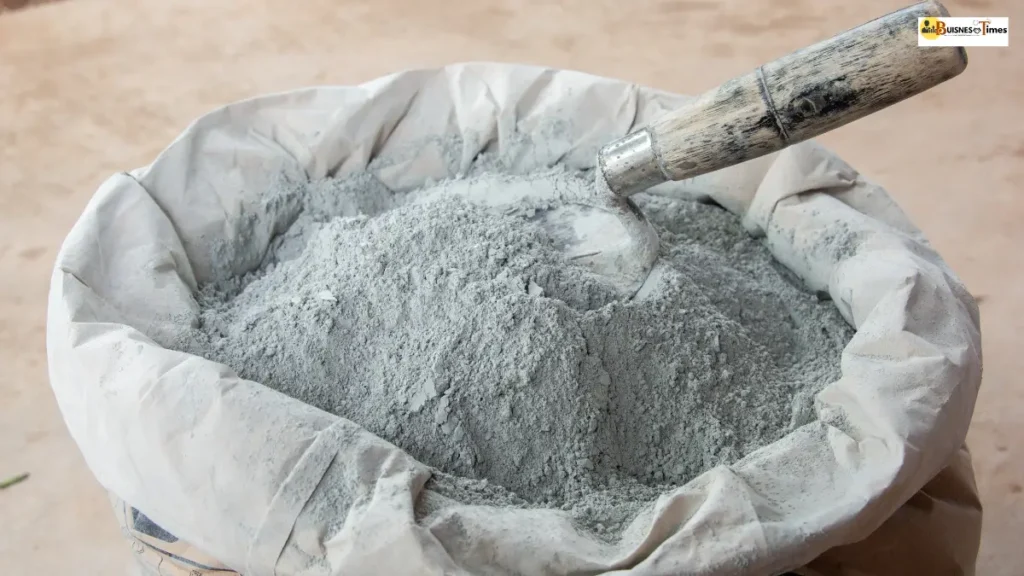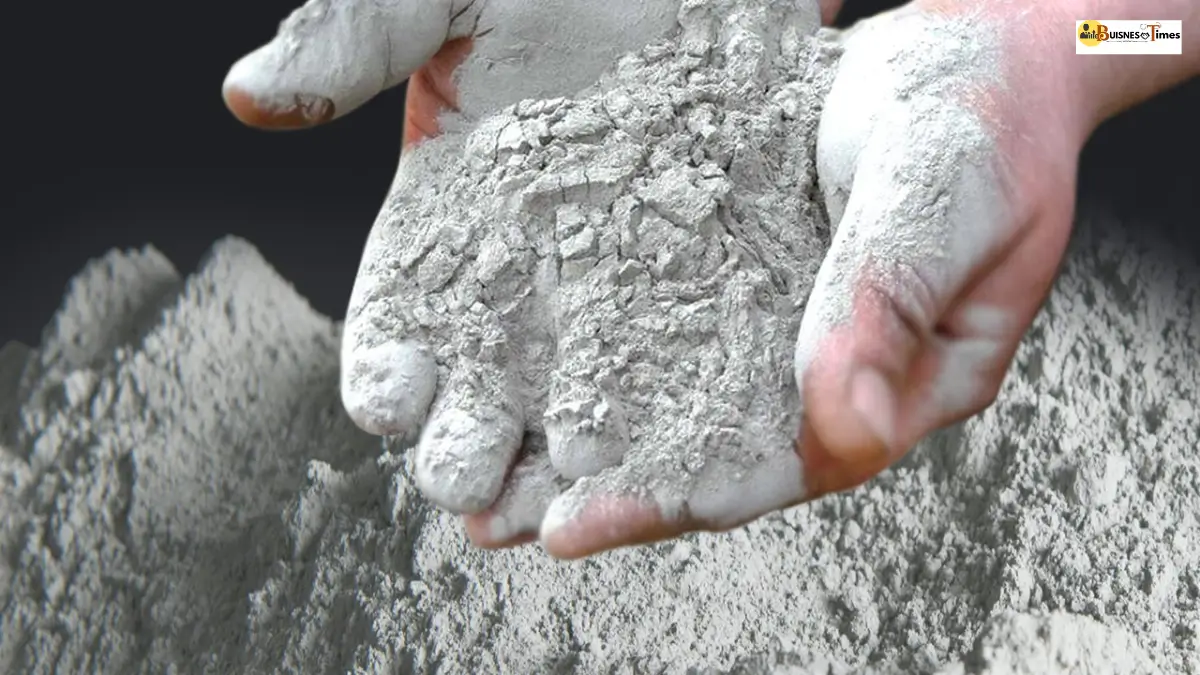Cement Prices is the India’s construction industry may soon get a major boost as the Goods and Services Tax (GST) Council is reportedly considering a significant reduction in GST on cement—from 28% to 18%. If approved, this move could bring down retail cement prices by ₹10–₹30 per bag, offering relief to builders, infrastructure companies, and individual homebuyers ahead of the festive season.
Industry experts believe this tax cut could revive demand at a time when cement sales have been muted due to seasonal weakness and subdued real estate activity. However, cement manufacturers now face the challenge of balancing lower prices with cost pressures, especially from volatile fuel markets.

Why a GST Cut on Cement Matters
Cement is one of the most widely used materials in India’s booming construction sector, from roads and bridges to housing and commercial complexes. Currently taxed at the highest slab of 28% GST, cement has long been considered an anomaly, given its importance to infrastructure development.
If the GST Council clears the proposed cut to 18%, analysts expect companies to have greater flexibility in adjusting prices, passing on some of the benefits to end-users, and keeping some to protect their margins.
According to market sources, a reduction in tax could lower prices at the retail level by ₹10–₹30 per bag across regions. For large-scale projects that use thousands of cement bags, this saving could be substantial.
Cement Prices Current Market Trends: Weak Demand but Growth Potential
The cement sector has faced challenges over the past year. Analysts note that FY25 witnessed muted demand growth of just 4%, largely due to a weak real estate cycle and the monsoon season, which typically slows construction activity.
Cement Prices However, companies are optimistic about the future. For the ongoing fiscal year, major players such as UltraTech Cement and Ambuja Cements are guiding for 7–8% demand growth, banking on government-led infrastructure projects and an expected revival in housing demand.
“The proposed GST cut could provide the much-needed boost for recovery. With festive and post-monsoon construction activity around the corner, demand is likely to pick up sharply,” said an industry analyst.
Cement Prices Expansion Plans Amid Market Pressure
Despite sluggish demand, leading companies are pushing ahead with ambitious expansion plans. UltraTech, India’s largest cement maker, and Ambuja, one of its strongest competitors, are both investing heavily in capacity expansion to consolidate their market share.
In such a competitive environment, the ability to stimulate demand through competitive pricing—without significantly hurting profitability—will be crucial. A GST cut provides precisely that opportunity, giving firms room to adjust prices while sustaining margins.

However, experts also caution that cement companies must comply with anti-profiteering rules, ensuring that at least part of the tax benefit is passed on to consumers and dealers.
Dealers’ Perspective: Relief Expected but Limited Cement Prices
Dealers across key markets, including Gujarat, expect some price stability after the recent hikes. “Our sense is that part of the benefit will be passed on to us and the consumer, and part of it, the company will keep. Now it remains to be seen how much they can pass on,” one dealer said.
This suggests that while consumers may see a drop in retail cement prices, manufacturers are likely to retain part of the tax savings to safeguard their margins.
The Cost Challenge: Fuel and Raw Materials
While the GST cut promises relief, cement makers are still grappling with high fuel and raw material costs. Cement production is energy-intensive, with coal, lignite, and petroleum coke (petcoke) forming the backbone of the industry’s fuel basket.
The government’s rationalisation package also proposes a higher GST on coal and lignite, which could offset some of the benefits from the cement tax cut.
Petcoke, which accounts for over 50% of the industry’s fuel mix, has witnessed sharp price swings in recent months, further compounded by a weak rupee and heavy import dependence.
“India imports 12–14 million tonnes of petcoke annually, mainly from the USA (~60%) and Saudi Arabia (~25%). Any volatility in international prices directly impacts domestic costs,” explained an industry expert.
On the positive side, many companies are gradually transitioning towards alternative and greener fuels, which not only reduce carbon emissions but may also benefit from GST concessions in the future.
Cement Prices Impact on Infrastructure and Housing
If implemented, the GST reduction will not just benefit cement companies but could also lower construction costs for developers, contractors, and homebuyers. Infrastructure projects such as highways, metro systems, and affordable housing could see cost savings, thereby accelerating progress.

Real estate developers, already facing high input costs, would particularly benefit from cheaper cement. Homebuyers too could find some relief in overall construction costs, which might make housing projects more affordable.
What Lies Ahead for Cement Prices
Cement Prices The final impact of the GST cut will depend on how companies balance three critical factors:
- Passing Benefits to Consumers: Whether firms fully transfer savings to customers or retain part to strengthen profitability.
- Managing Fuel Costs: Coping with volatile global fuel prices, particularly petcoke and coal.
- Competitive Dynamics: Balancing price cuts while maintaining or expanding market share against rivals.
If companies choose to pass on most of the benefits, retail prices could see a visible drop during the festive season, encouraging higher demand. On the other hand, if margins remain under pressure due to fuel costs, consumers may see only partial relief.
The potential GST cut on cement from 28% to 18% could prove to be a game-changer for the Indian construction industry. While challenges around fuel costs and compliance remain, the move is expected to provide a dual benefit—relief for consumers and growth opportunities for cement companies.
With infrastructure and housing demand set to rise in the coming quarters, the industry is hopeful that the tax cut will act as a catalyst, spurring fresh investments and supporting India’s long-term growth story.
Disclaimer : This article is for informational purposes only and is based on industry reports and market sources. Readers are advised to verify official GST Council decisions before making financial or business decisions.

